At this point, it feels like every series has had a rerelease or collection come out on the Switch. However, there has long been a ninja-shaped hole in the console’s library. That changes in a big way with the release of the Ninja Gaiden: Master Collection. This package combines the reboot trilogy of Ninja Gaiden Sigma, Ninja Gaiden 2 Sigma, and Ninja Gaiden 3 Razor’s Edge.
From the jump, this is a great way to play a defining trilogy of action titles, and, even though some aspects of the titles haven’t aged too well, and some concessions are made in terms of graphics, these games are a ton of fun and still hold up wonderfully.
The downloadable collection is actually all three games as their own discrete download on the home menu, so let’s take a look at each one and see how they stack up.
Ninja Gaiden Sigma
The first in the series, Ninja Gaiden (and its subsequent Black and Sigma versions) was a huge hit and helped usher in a golden era of character action games. It features many elements that would become staples of the series – wall jumps, Flying Swallow strikes, high difficulty, and so many delicious, delicious Izuna Drops.
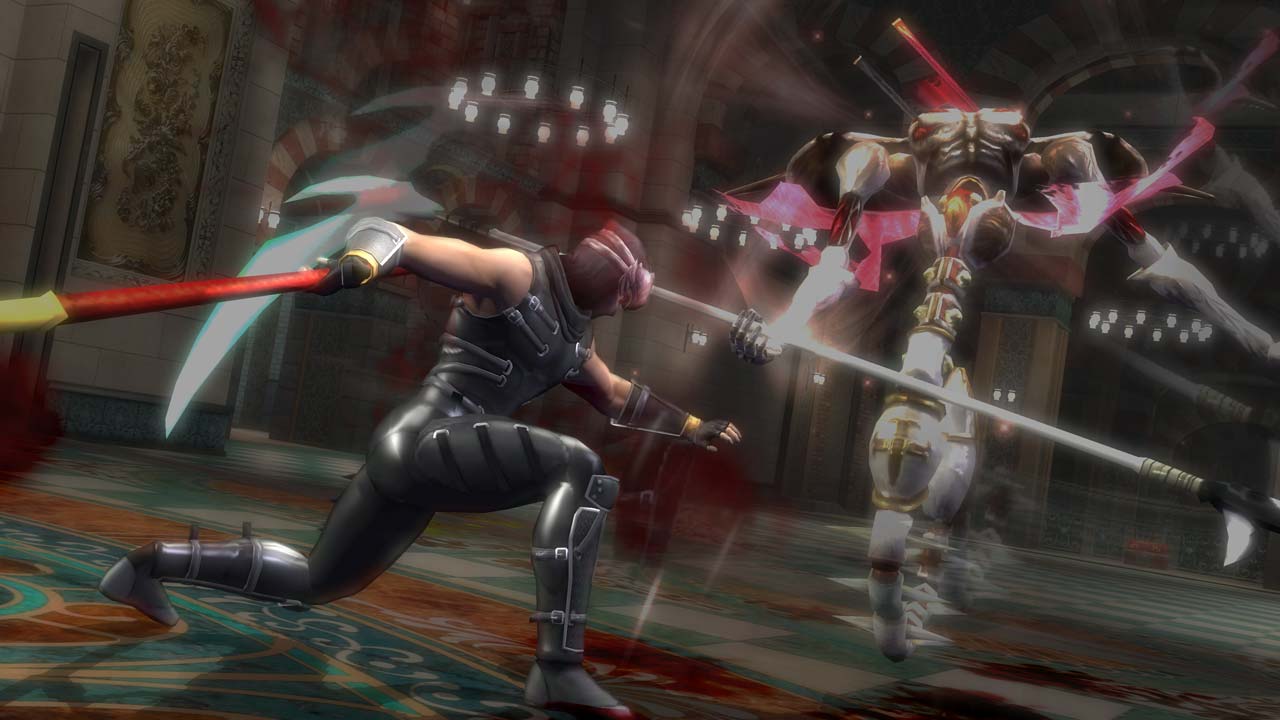
Ninja Gaiden Sigma is a very interesting specimen of its time. The original version of Ninja Gaiden (well, the rebooted series anyway) came out for the Xbox in 2004. This is important, as another game came out three years prior: Devil May Cry. Unlike the games that came after it, Ninja Gaiden feels much more like an adventure game than a straight-up room-to-room action game. Much like the first Devil May Cry, Ninja Gaiden Sigma features locked doors, maps, and minor puzzles. Sometimes, you will need to backtrack huge portions of a level to advance or enter a previously locked bonus room. On its own, it is interesting how this title is structured, but playing it next to its two sequels shows how much more subdued and lowkey it is. If you are running around a big city map looking for a key, you might end up just wanting to run away from some of the fights to advance a little faster.
The first title’s difficulty mainly comes from its lack of checkpoints and aggressive enemies. The enemy behavior continues into the other games, but it was difficult for me to readjust my brain from years of playing Bayonetta and Devil May Cry to fight grunts that actually fight back. You will block a lot, and once I made peace with that, I enjoyed myself much more. The first game’s save system leaves much to be desired, though. You die much quicker in this game than you do in later titles, at least at first, and when you die you go back to your last save point. This can be very frustrating, especially if you simply didn’t get a chance to use a health item in time before you died. It’s not the most difficult game I’ve ever played, and most enemies mercifully drop small health refills when defeated, but I still died a number of times in this game. The emphasis on objectives also means that some missions feature platforming sections, and the Ninja Gaiden physics and camera are not the most friendly when it comes to jumps, so these can be frustrating.
Graphically, this one is a mixed bag. Obviously, this is a port of a port of a game from 2004, so some things like textures and models look pretty simple. For whatever reason, this game has a very washed-out color scheme, while the other two have much richer shadows. Still, this one runs completely solid and probably sacrifices the least to fit on the Switch.
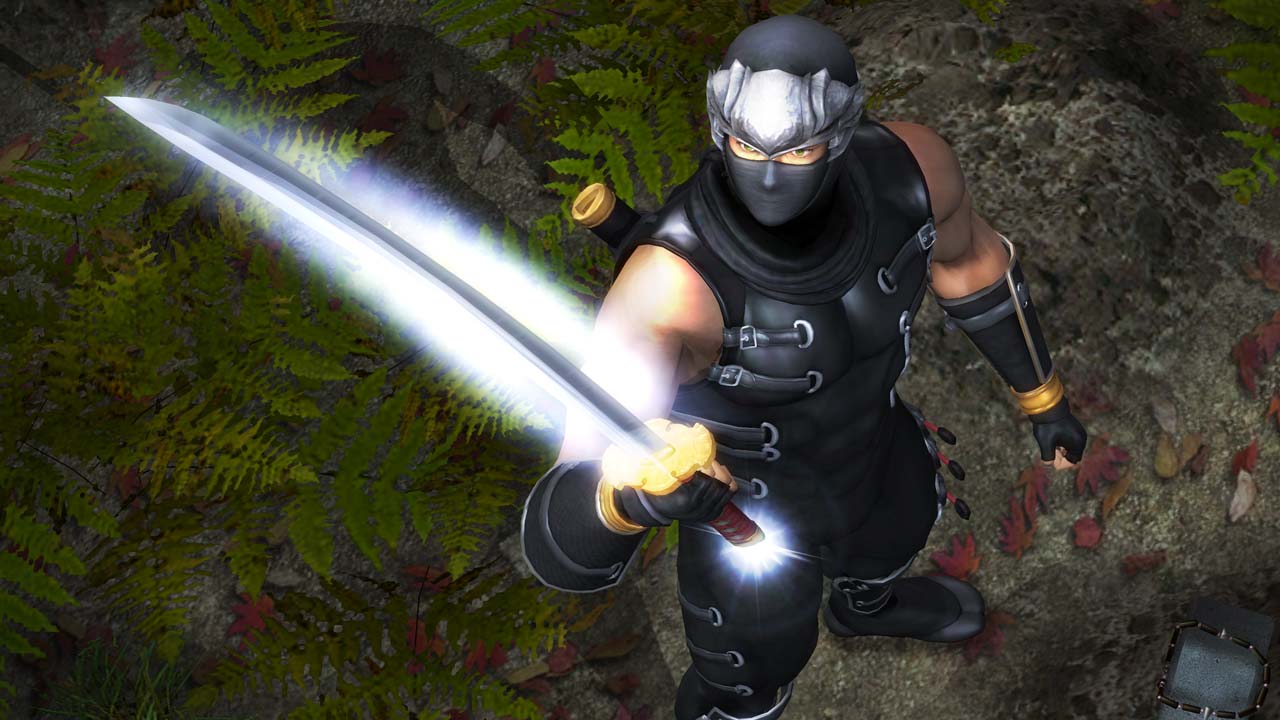
I will note here that many fans of the series have issues with the Sigma rereleases of the first two titles. Many things have been altered from the original versions, including difficulty and enemy placement. I personally do not have experience with the original versions, so I cannot speak to this, but if you are looking for ports of the true original Xbox games, you aren’t getting that here.
So while it may not be the most exciting in the series, Ninja Gaiden Sigma is a fun romp through a game from a different time, and it’s interesting to see what ideas stayed with the series and which ones were quickly dropped.
Ninja Gaiden 2 Sigma
Right off the bat, Ninja Gaiden 2 Sigma is the best feeling game of the bunch. No real surprise, as many fans consider Ninja Gaiden 2 to be the best in the series. Fights tend to have more enemies than the first, your attacks feel faster and stronger, and of course this game introduces the always-satisfying execution technique, done by pressing X next to a dismembered enemy. This game also feels like it wants you to feel strong. You get many different weapons relatively early in the game, and start to accumulate ninja techniques pretty quickly. This game also cranks up the ridiculousness, having you literally fight the Statue of Liberty at one point. It’s a silly, violent romp.

This game also makes some changes that make it feel easier. When you get hit, you take two types of damage: regular damage and “red” damage. After each fight, all of your regular health refills. However, the red damage you take does not refill, unless you use items or reach a save point. I really like this method of health, as you don’t need to rely on items just to survive, but you also can’t be careless. This game is much more straightforward than the first title, with pretty linear levels. This isn’t a negative, though, as it gives you more time to focus on sick combos and new techniques rather than checking the map and backtracking. Some might consider this game too easy when compared to the first, especially the Sigma version, but I found it to be much more satisfying than dying and being sent back to a save point in the first game.
One issue with the series is the boss fights. This might be a controversial take on the series, but I overall did not find the bosses to be enjoyable. The fun of Ninja Gaiden is dancing around the battlefield and taking out enemies quickly and efficiently, but the bosses tend to boil down to waiting for their attacks to end and retaliating with an attack or two. Some of the fights with the more human-like bosses can be more entertaining, but for the most part the bosses in all three games just feel like the game is forcing you to stop playing the way you want to play so you can do Simon Says instead. Ninja Gaiden 2 Sigma suffers from this a lot, as the fight against the giant statue in the first level is long and dull.
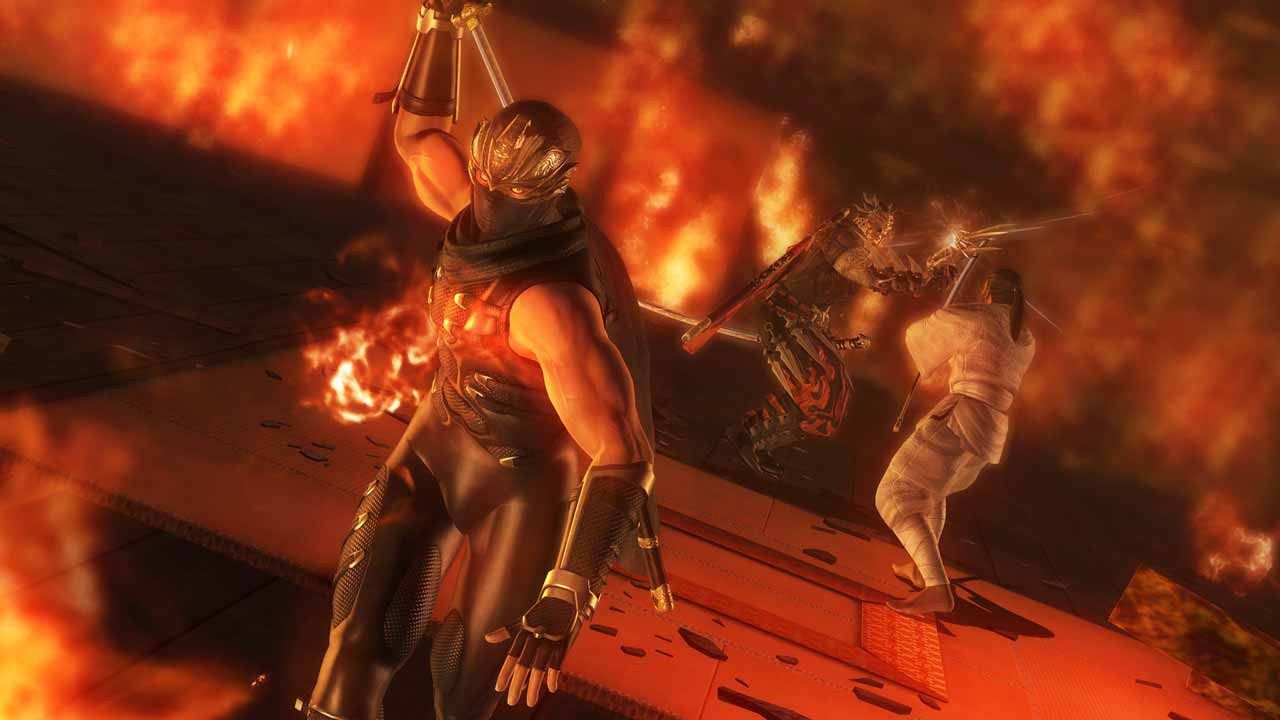
On the Switch, this one still runs like butter, but more concessions have been made graphically here, especially in handheld mode. There are a lot more jagged edges, mainly in areas with wide open arenas and when there are more characters on-screen, but I would always choose better performance over better graphics in a situation like this.
Overall, Ninja Gaiden 2 Sigma is a blast to play, and even though some hardcore fans may not like the Sigma changes, it’s a delight to play on the Switch. It even comes with the many other modes of the previous release, including the ability to play as other characters in mission mode, so there is a ton of content here. It’s definitely worth diving into.
NINJA GAIDEN 3: RAZOR’S EDGE
Oh boy. Ninja Gaiden 3 famously had a rough development and a rough reception, which was somewhat improved with the Razor’s Edge version that was released later. However, this definitely feels like the weakest game in the bunch.
The game follows Ryu as he fights against an enemy that curses his arm, fusing the Dragon Sword with him and feeding off of the violence and mayhem he causes. This game focuses much more on story, but not to its advantage. I certainly like the idea of video game protagonists confronting the death they deal, but this is no Metal Gear Solid 3. Instead, you sometimes have to walk slowly before teleporting to an arena to fight waves of guys. This game also adds things like minor stealth sections and awkward kunai climbing sections. These additions feel unimpressive and seem like they were added to distract how much of this game consists of rooms with waves of enemies spawning. Whereas the first two games would telegraph how many enemies you would be fighting for the most part, I can’t tell you how many times I would fight a room full of enemies and helicopters only to have more jump in when I’m already near death. This is one of the worst parts of this game – the waves of enemies are just too extreme. Even worse, someone working on this game just loves rocket launchers, because almost every one of these respawning fights features respawning rocket launching enemies, and fighting with them is never fun.
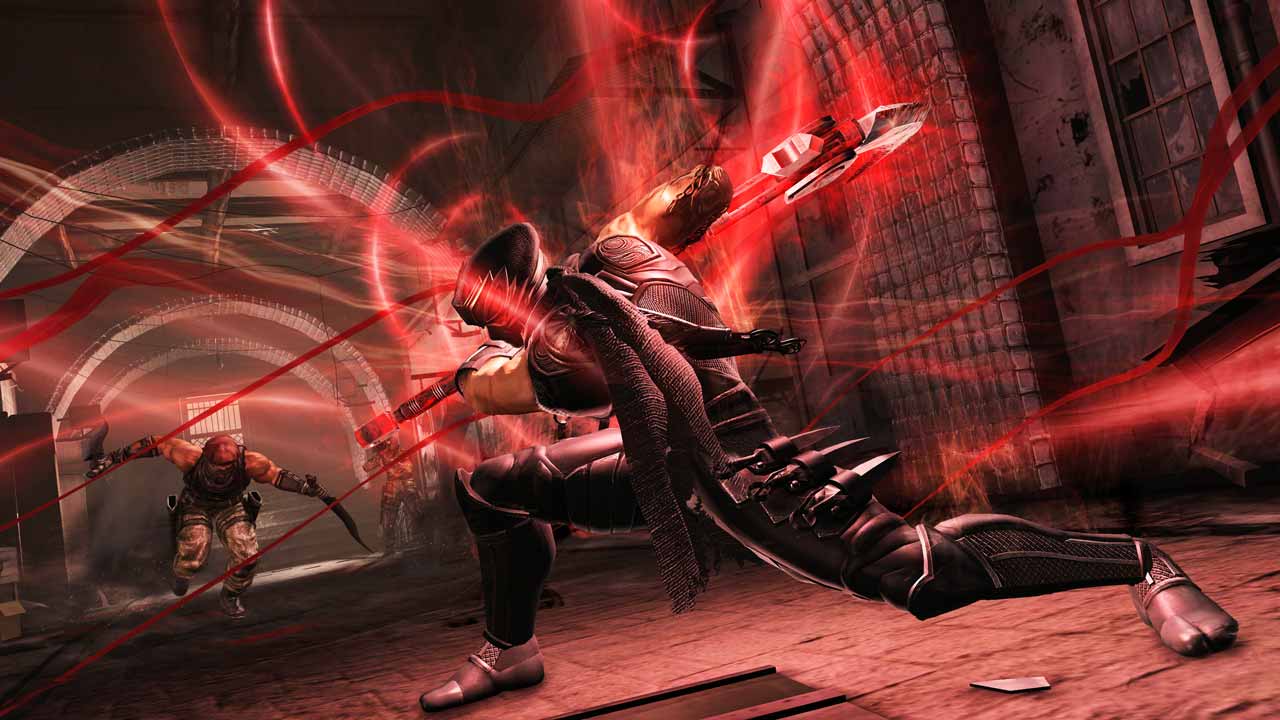
The gameplay in this game is fun enough. Moves still feel great, the bow is actually useful, and there are new mechanics that let you deal death faster than ever before, but using these abilities when you have no idea how long the fight will last makes it a slog. Your Ninpo magic attacks are now based on a bar that refills as you fight, but it fills so slowly, and using these attacks are one of the few ways you have to refill your health in the middle of a fight. Unlike the first two games, there are no consumable items to help keep you alive. Instead, your health refills after a fight and when you save. When you do save, your maximum health is increased, but you lose much of that max health as you take damage, and it will shave off quickly. I died the most in this game, and not necessarily because it’s harder than the other games. It just feels more like bashing your head against a wall, because fights never end and throw so many enemies and rocket launchers at you that you are bound to get caught by stray attacks.
This game looks and performs much like Ninja Gaiden 2 Sigma, though with perhaps a few less jagged edges on textures. This game also features the many additional modes that the first release of Razor’s Edge had, including the ability to play as other characters, but this is missing the online multiplayer mode the original release had. The animations are bigger and crazier, and they added lots of new abilities, but overall this package just feels more hollow compared to the first two. The focus on story feels especially weird, as the narrative isn’t that interesting or well-told. Combine this with the horribly long arena fights, annoying ranged enemies, and uninteresting boss fights, and you have what is easily the weakest game in the bunch. This game is still relatively fun to play, but when you can easily jump between the three games, you quickly see the flaws and wonder why you would play this one over the other two.
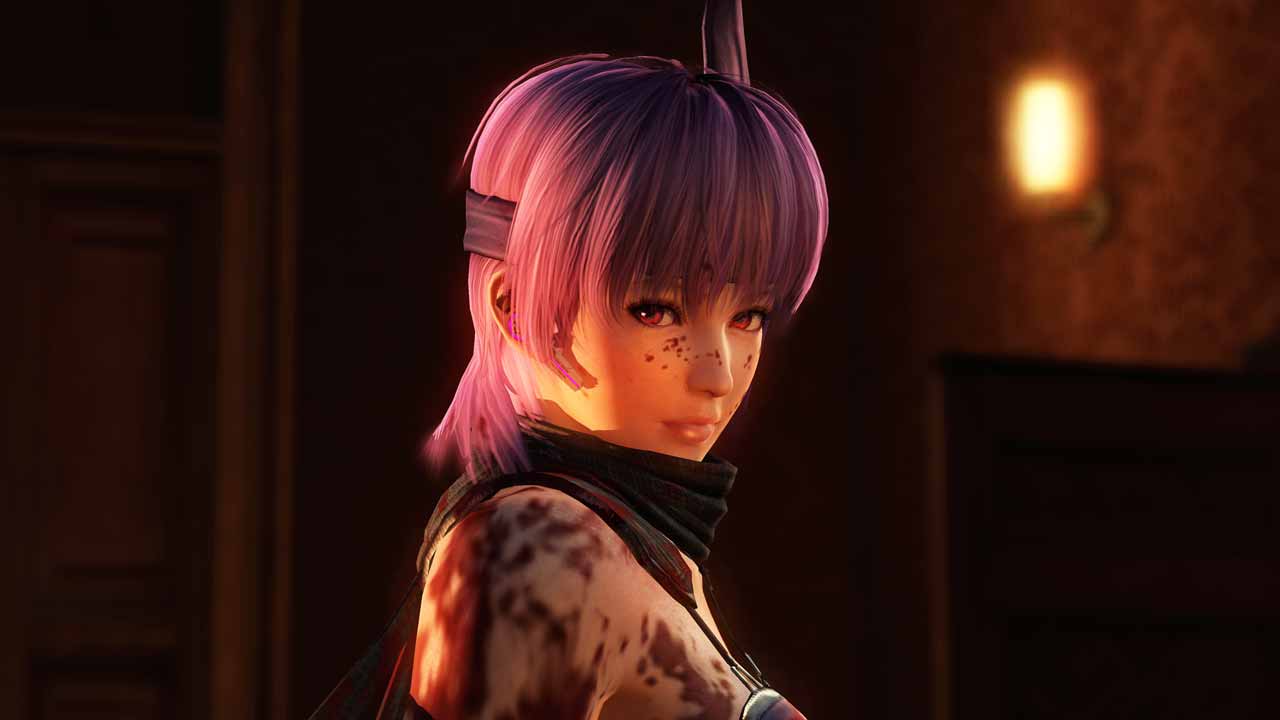
Conclusion
Ninja Gaiden: Master Collection is a fun romp through a decade of games, where you can see the full cycle of evolution, warts and all.
It’s hard to deny that the Ninja Gaiden games had a big influence on action games that followed, but they still have their share of frustrating moments. While Ninja Gaiden 3 is a real downer note to end the series on, this is still an easy and thrifty way to play a beloved trilogy of games. You get a lot of content in this package between all of the bonus modes, characters, and weapons, and while some of the games don’t look as good as they will on other consoles, they still run at a solid framerate and are perfectly suited for playing on-the-go.
Whether you’re an old fan of Ninja Gaiden or if you’ve never played the games, this is a solid collection that any action fan should look to add to their library.

System: Nintendo Switch
Release Date: June 10, 2021
Categories: Action
Publisher: Koei Tecmo America
Developer: Team Ninja


